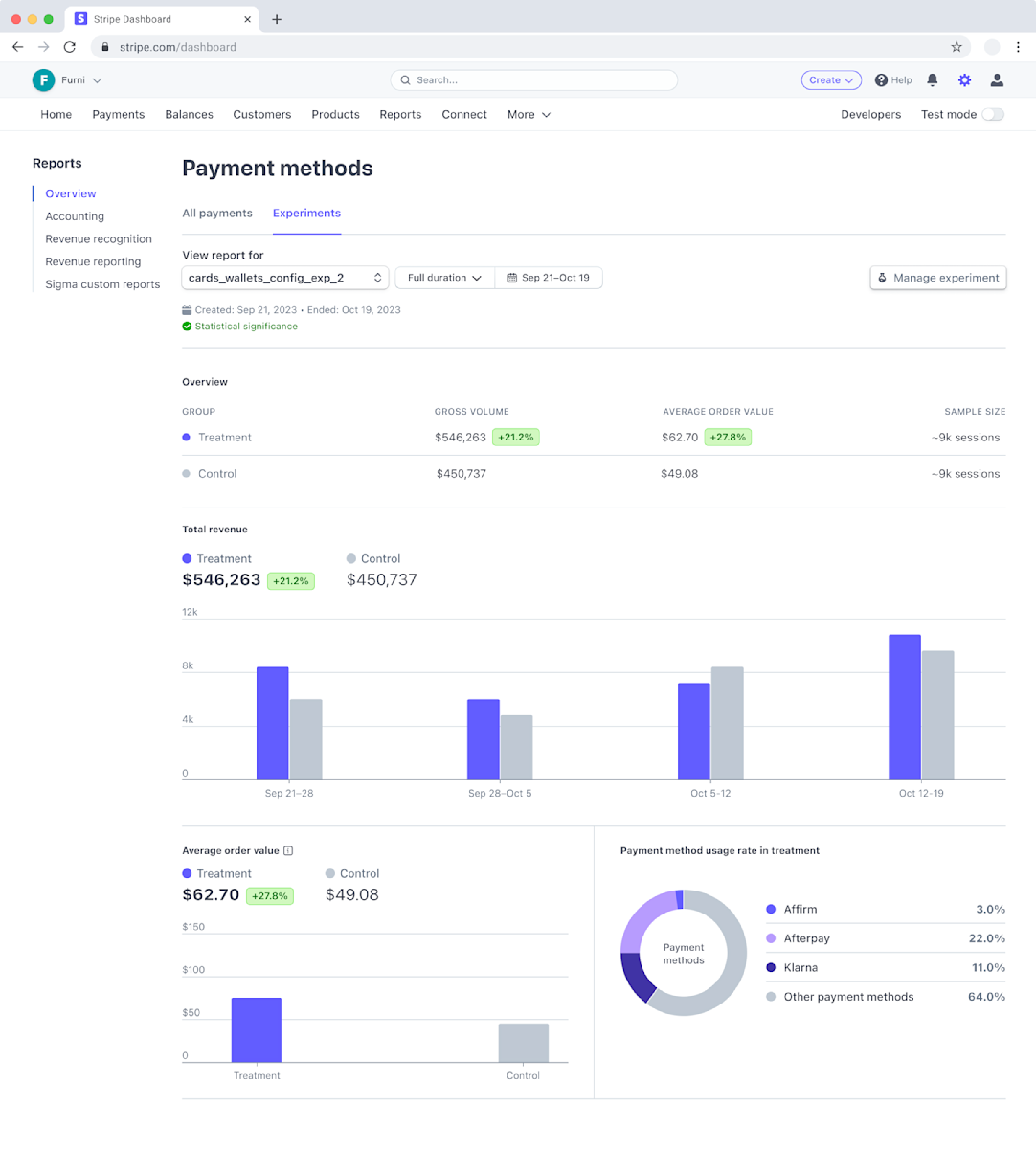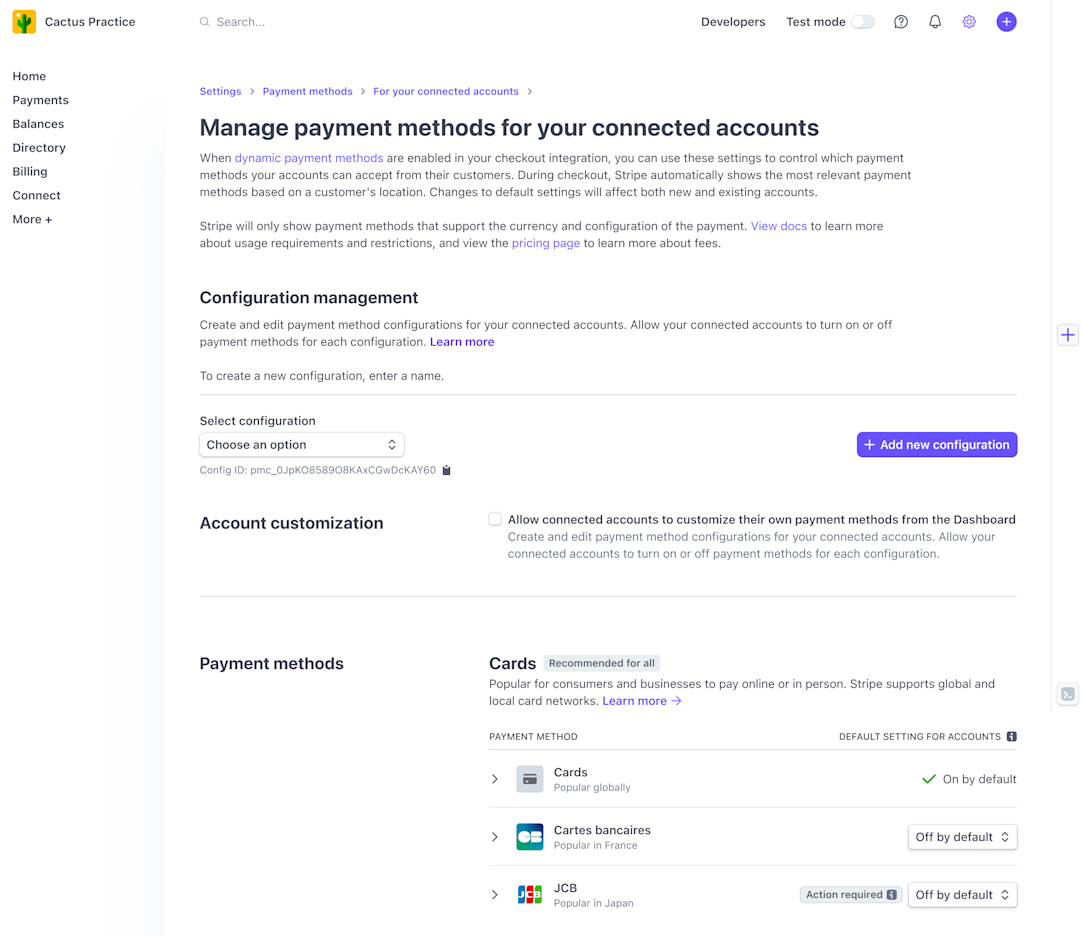The untapped opportunity at the bottom of your customer funnel
In his book Best Things First, Bjorn Lomborg of the Copenhagen Consensus Center argues that to promote economic development, the world should focus on solving a dozen problems that share a favorable constellation of traits: we know how to solve them, the costs of solving them are low, and the impact of solving them is tremendous.
In other words, we should solve the most important easy problems first.
That way of thinking applies directly to business growth. Stripe’s mission is to increase the GDP of the internet, which we think will have broadly beneficial effects for the world. While that goal might sound sweeping, the most pernicious barriers to economic activity online are surprisingly mundane. To take just one example: even small amounts of friction result in highly motivated customers abandoning their purchases just as they’re about to check out.
Decades into the development of internet commerce, checkout errors are still stunningly common. Recent Stripe research found that 99% of the leading ecommerce sites make five or more basic errors in their checkout, such as not autofilling addresses, not allowing customers to save their payment details for future use, or not offering the payment methods their customers prefer.
No one issue is huge on its own, but they add up to revenue death by a thousand cuts. And businesses would fix these problems on their own, except that a great checkout is a moving target that requires continual updating as consumer preferences change and technology evolves. It’s more than most businesses can manage, and the challenge is even more pronounced for large, sophisticated companies—the complexity of their checkouts compounds with the scale of their business.
As a result, obvious inefficiencies persist basically everywhere, even as the potential returns for resolving them are so great. In our own analysis, we found that users who migrated from an older Stripe integration (the Card Element) to our optimized checkout products saw an 11.9% increase in revenue.
Because there’s so much opportunity in a great checkout experience—for our users and for the internet economy overall—we’ve devoted thousands of engineers and data scientists to building it, and this week we’re announcing several new features that make some of our most exciting progress yet in that direction. These include support for more than 100 payment methods—so customers almost anywhere in the world can pay the way they want to pay—and an A/B testing tool that allows businesses to rigorously identify the best-performing payment methods for their checkout.
We’ve rolled these features (and many more) into a set of products we call the Optimized Checkout Suite. It contains the biggest levers that we see impacting checkout, engineered so you pull them almost automatically. In short, it’s all the best practices and smart checkout optimizations you’ve been meaning to add, packaged together in an easy-to-implement bundle.
From principles to products
It turns out that, regardless of business model or business size, there are four principles that every effective checkout flow has in common. They’re the catalysts of conversion, and they undergird everything we’ve built in the optimized checkout suite:
1. Brevity
The checkout flow should be clear, concise, and quick to navigate. Customers understand this implicitly—60% say they would abandon a website if a purchase took more than two minutes to complete.
Fortunately, there’s a lot you can do to shorten the purchase experience. The checkout should surface relevant information about details like shipping fees early in the process, to prevent a sale from collapsing at the end out of indecision, and autofill personal and payment details. You can also enable one-click or express checkout options with embedded buttons to allow customers to make a purchase faster. For example, OpenAI used Link, an accelerated checkout experience built by Stripe, to save and autofill payment and shipping information, making the checkout process 40% faster on average.
2. Personalization
Customers want to make purchases with the payment method that feels most comfortable for them. Our research found that 93% of customers believed it was important to provide common payment methods in their country. At the same time, you don’t want to overwhelm customers with a long list of payment options, which can be paralyzing.
When Danish kitchenware manufacturer Bodum scaled its ecommerce business to 23 countries and added 18+ payment methods, it used Stripe’s dynamic ordering to surface the most relevant payment methods for each customer. During the company’s expansion to the Netherlands, for example, 83% of transactions used local payment methods that are not prominent in other markets, including iDEAL and Bancontact. Bodum adapted to local preferences without overwhelming customers with irrelevant options.
3. Responsiveness
Mobile orders are rising rapidly as a share of overall ecommerce sales. This shift presents new hurdles given that conversion rates are significantly lower on mobile devices. A responsive checkout automatically resizes based on the most common device screen sizes, especially for smartphones. It also accepts digital wallets—including Apple Pay, Google Pay, and PayPal—which make ordering easier on mobile.
4. Extensibility
The underlying infrastructure should support complex revenue models, including subscriptions. This requires intricate payments infrastructure that can charge precise amounts at set intervals and safely store payment, billing, and shipping information. Other important capabilities include recovering lost revenue by automating repeated payment attempts, scheduling failed payment emails, and using built-in card updates.
We bring these principles to life in the optimized checkout suite, which includes:
- Payment UIs that maximize conversion. The optimized checkout suite lets you choose from a range of customizable, prebuilt payment user interfaces. You can strengthen your checkout with customizable modular UI components through Stripe Elements, launch a prebuilt payments page with Checkout, or quickly accept payments online with no code using Payment Links. All of our prebuilt UIs include mobile-friendly navigation, autofill, error messages, input masking, simplified compliance, mobile SDK support, and more.
- Access to more than 100 global payment methods so your customers can check out using the payment methods they prefer. You can also turn on more than 40 payment methods right from the Stripe Dashboard and use Stripe’s machine learning algorithm to dynamically surface the most relevant ones. Our new A/B testing tool allows you to understand the impact of new payment methods on revenue, all while offloading the experimentation complexity to Stripe.

- Accelerated checkout with Link. Research shows that businesses with Link enabled see a meaningful boost in conversion. Luxury goods marketplace Italic found that Link’s expedited checkout increased conversion rates by 34% in the first month.
- Platform-level controls—which allow software platforms with integrated payments to distribute payment methods in bulk and access granular controls to configure payment methods for all businesses—offer businesses the ability to turn on payment methods themselves and block access to certain payment methods.

These products and features give you greater control over the customer experience—and the attendant conversion uplift—without the time and developer resources required to build, maintain, and optimize a best-in-class checkout from scratch.
The checkout-as-high-leverage solution
Whether it’s a physical cash register or an online checkout form, the act of collecting payment for a purchase has long been regarded through a very narrow lens—as the mere act of submitting credit card details and clicking “buy.”
We now understand that payment needs to be a much more integral part of the entire checkout experience. There’s quite possibly no other part of the customer journey with more potential value, just waiting to be released. That’s why we think improving checkout conversion is among the most important revenue problems we already know how to solve—and why we’re working so hard to do just that.
To learn more, please get in touch or read the docs to get started.
